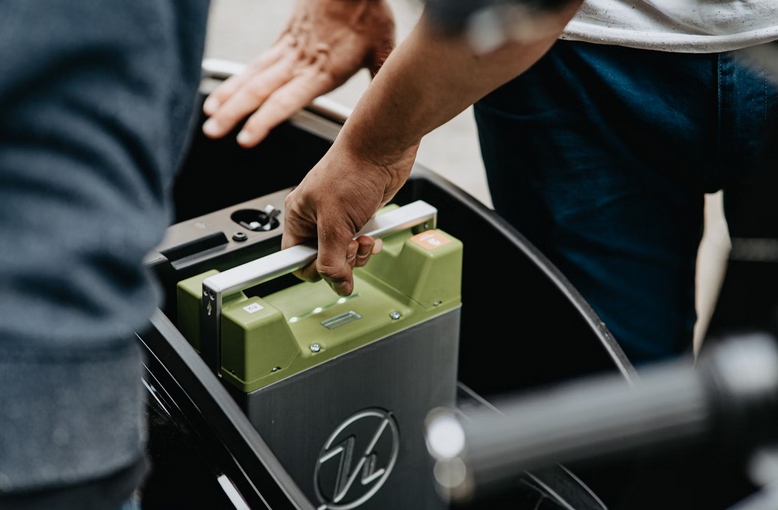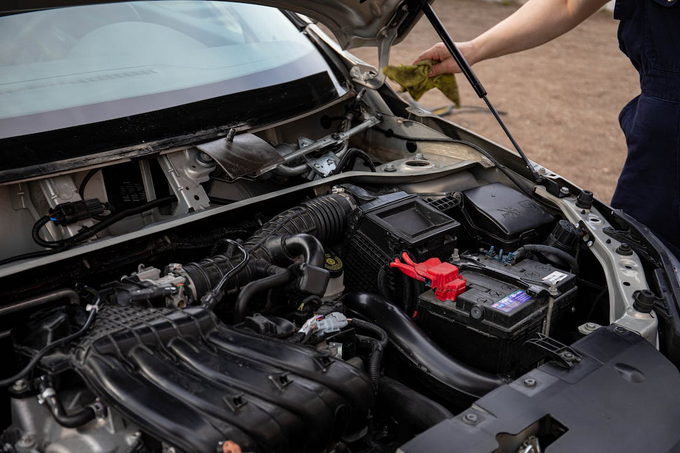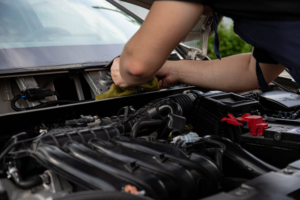There’s nothing quite like the sinking feeling of turning your key and hearing that dreaded click instead of a roar from your engine. A dead car battery can throw a wrench in even the best-laid plans. But what causes these batteries to lose their spark? Understanding the culprits behind this common issue can help you avoid finding yourself stranded on the side of the road.
If you are part of the 13 original broadway cast or simply a busy person who runs errands a lot , it is important to always keep your vehicle running smoothly and avoid any dead battery situations. Whether it’s an overlooked light, extreme weather, or something as sneaky as a parasitic draw, knowing what to watch for is key to keeping your vehicle up and running smoothly. Let’s dive into some of the top reasons why car batteries die and explore effective strategies for prevention. Your next adventure doesn’t have to start with a jump.
Excessive Headlight Use
One of the most common reasons for a dead battery is simply forgetting to turn off your headlights. It’s an easy mistake, especially when you’re in a rush or distracted by life’s demands. Leaving lights on drains power from the battery, often leading to frustrating situations. A quick trip into the store can become an unexpected roadside wait if you forget those bright beams. Modern vehicles come equipped with features that help prevent this issue. However, older models may lack such technology, making it crucial to develop habits that keep batteries healthy. Before exiting your car, make it a routine to check all lights—headlights, interior lamps, and even trunk lights.
Parasitic Draw
Parasitic draw is a sneaky culprit behind many dead batteries. It occurs when electrical components consume power even after the engine is off. Common offenders include alarm systems, GPS trackers, and interior lights that don’t turn off properly. These devices can slowly drain your battery over time without you knowing it. If you’ve noticed your car struggling to start, it might be worth investigating for parasitic draw. A simple multimeter test can help identify any unusual power drains while the vehicle sits idle.

Extreme Temperatures
Extreme temperatures can wreak havoc on car batteries. Both the scorching heat of summer and the biting cold of winter pose serious risks. High temperatures accelerate chemical reactions inside the battery. This can lead to faster evaporation of electrolyte levels, which decreases battery performance. You might notice your vehicle struggling to start when it’s hot outside. On the other hand, frigid conditions slow down those same chemical processes. A fully charged battery in freezing weather may only deliver a fraction of its power.
Corroded or Poor Connections
Corroded or poor connections are silent killers for your car battery. Over time, dirt and oxidation can build up on battery terminals, creating resistance that hampers the flow of electricity. When the connection is weak, starting your vehicle becomes a chore. You might hear clicking sounds instead of the familiar roar of an engine. Frustrating, right? Regular maintenance can help keep these connections clean and functional.
Taking steps to protect your car battery can save you time, money, and frustration. You can keep your vehicle running smoothly by being mindful of common causes like leaving lights on, parasitic draws, extreme temperatures, and poor connections. Regular maintenance checks are crucial in ensuring that everything is functioning optimally. Simple actions such as turning off headlights or inspecting wiring can make a significant difference. Don’t overlook the impact of weather either—extreme heat or cold will take a toll on your battery’s lifespan. Investing just a bit of time into understanding these factors empowers you to maintain a reliable vehicle. With awareness and proactive measures, you’re preserving your car’s performance and enhancing safety on the road.…



 When buying a used car, checking the vehicle history before purchasing is crucial. This step can help you avoid any unpleasant surprises down the road. You can typically obtain this information by checking the best places to buy vehicle history reports. A vehicle history report will provide valuable information about the car’s past, including accidents, repairs, maintenance records, and ownership status. It’s essential to be aware of any issues that could impact the safety or reliability of your new ride. Keep in mind; some sellers may try to hide negative aspects of their vehicles’ histories when advertising them for sale. That is why it is always recommended that you conduct independent research on the seller and vehicle’s background.
When buying a used car, checking the vehicle history before purchasing is crucial. This step can help you avoid any unpleasant surprises down the road. You can typically obtain this information by checking the best places to buy vehicle history reports. A vehicle history report will provide valuable information about the car’s past, including accidents, repairs, maintenance records, and ownership status. It’s essential to be aware of any issues that could impact the safety or reliability of your new ride. Keep in mind; some sellers may try to hide negative aspects of their vehicles’ histories when advertising them for sale. That is why it is always recommended that you conduct independent research on the seller and vehicle’s background.


 Damaged wiring can cause numerous problems in your car, leading to a breakdown. Poorly maintained wiring can lead to short circuits or random sparks that will leave you stranded on the side of the road. To avoid this, inspect your wiring and electrical components regularly for signs of loose connections or damage. If you don’t feel comfortable inspecting these yourself, take your car to an experienced auto shop so that they can inspect it properly and make sure everything is in working order. You can also call a home mechanic to come to your house and inspect the wiring for you. This is a good option if you don’t have the time to take your car in.
Damaged wiring can cause numerous problems in your car, leading to a breakdown. Poorly maintained wiring can lead to short circuits or random sparks that will leave you stranded on the side of the road. To avoid this, inspect your wiring and electrical components regularly for signs of loose connections or damage. If you don’t feel comfortable inspecting these yourself, take your car to an experienced auto shop so that they can inspect it properly and make sure everything is in working order. You can also call a home mechanic to come to your house and inspect the wiring for you. This is a good option if you don’t have the time to take your car in.
